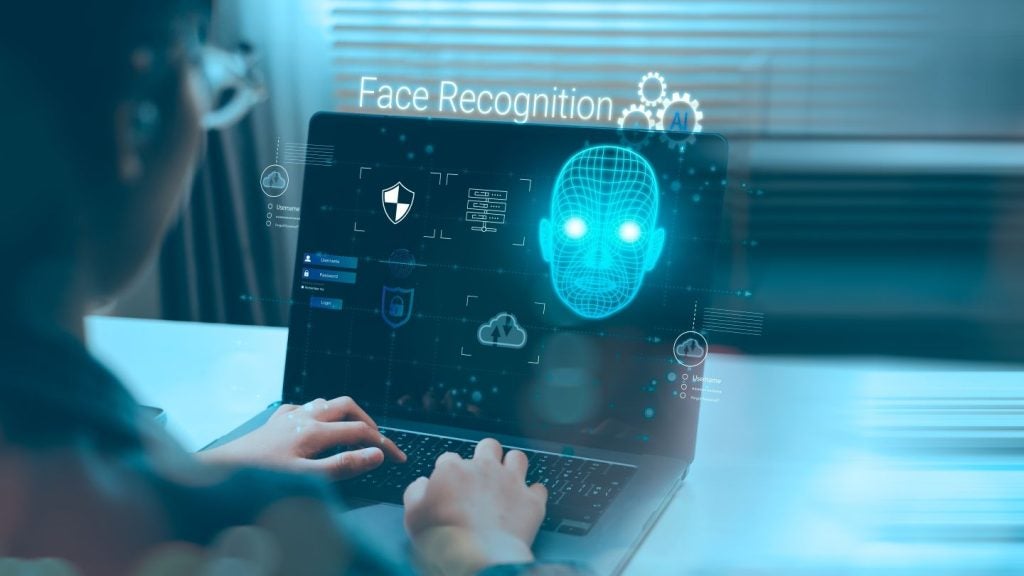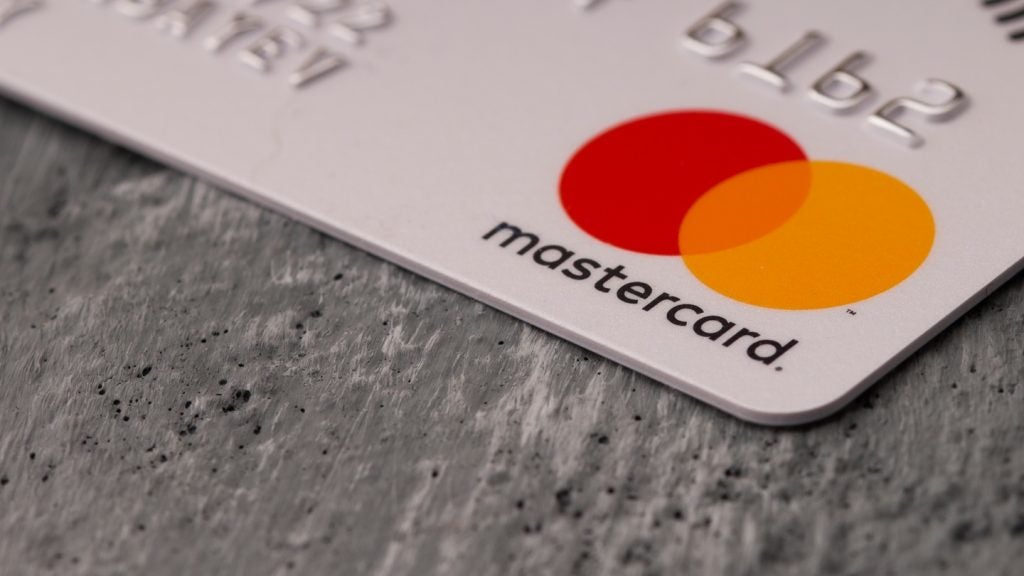Every year sees huge technology improvements and developments, with 2016 primarily defined by new user experiences, the launch of new augmented and virtual reality products, and IoT innovations such as smart cars, bike locks and home apps. myPinPad’s David Poole reviews some of the year’s key security challenges
1. Data breaches
While we did not see in 2016 a breach of the same dimensions as those that attacked the Office of Personnel Management, Target or Sony last year, multiple attacks targeting personal information, federal agencies, healthcare organisations and telecom providers did occur.
According to the Identity Theft Resource Centre, there were 522 reported breaches by the middle of July 2016, exposing more than 13m records. In addition, the likelihood of a material data breach involving 10,000 lost or stolen records in the next 24 months has risen to 26%.
Overall, not only have data breaches become more frequent, but their impact has become greater both in terms of the volume of data stolen, and in its sensitive nature. Once a data breach occurs the consequences for the affected organisation can be life-changing. For instance, IBM’s 11th annual Cost of a Data Breach Study revealed that the average consolidated total cost of a data breach for a company for 2016 is $4m.
Most companies are already embracing the urgency that this scenario presents and how they can improve security, but some are reluctant to take steps that will delay internal processes or hinder customer experience.
Nonetheless, data breaches are not going anywhere, and we expect to see more organisations in 2017 implementing more preventive and defensive security methods, as well as new technologies being developed and implemented for this purpose. Many companies will focus on employing stronger and multi-layered authentication, as encouraged by the Second Payments Directive, which will also mean that even if they face some inevitable breaches, access to accounts will be nullified as the stolen partial information will not be enough to be usable.

US Tariffs are shifting - will you react or anticipate?
Don’t let policy changes catch you off guard. Stay proactive with real-time data and expert analysis.
By GlobalData2. Card-not-present (CNP) fraud
Last year, Aite Group reported that US credit card fraud had increased 100% from just seven years ago. The study identified POS and rising CNP fraud as contributing factors, which now represents 45% of total US card fraud.
The same trend is true for the UK. Figures from Financial Fraud Action UK show that fraud has been soaring non-stop since 2006, and this figure is growing each year. In the first half of 2016 fraud had risen by 25% and card fraud, including CNP fraud, was up by 31%. The vast majority of CNP fraud cases involve use of card details that have been fraudulently obtained through methods such as unsolicited emails, telephone calls or digital attacks. The details are then used to make fraudulent purchases over the internet, phone or by mail order.
With the challenges posed by identifying and verifying someone’s identity digitally and the increased use of online and mobile shopping, e-commerce is a primary target for fraudsters. An estimated £261.5m of e-commerce fraud took place on UK cards in 2015, accounting for 46% of all card fraud and 66% of total remote-purchase fraud.
As e-commerce grows, and it will only continue to expand in the future, so too will CNP fraud. To prevent stolen card details being used to make purchases online, retailers are being advised to improve security, including use of online protection services (including American Express SafeKey, MasterCard SecureCode and Verified by Visa), but also strengthen identification and verification (ID&V) processes.
Many retailers and banks are holding back on tightening security, fearing retaliation from consumers rejecting transactional friction. While consumers appreciate convenience, in 2017 more businesses will realise that consumers seldom, if ever, place security second to ease of use. Brand value can be enhanced by getting the security experience right, relative to the purchase risk.
Many companies will continue to implement two-factor authentication, as Google, Apple, PayPal, Amazon and most social media did in 2016.
3. Biometrics and identity management
Apple Touch ID triggered a new biometrics security revolution, to the point where it is forecast that by 2021, 99% of US smartphones will be biometrics-enabled.
Many firms in 2016 explored new methods of verifying user identity. Voice verification, finger vein scanning or iris recognition are slowly but steadily gaining popularity for unlocking smartphones, logging into bank accounts, verifying payments, accessing sensitive information and government border management, including e-passports, e-driving licenses and national IDs.
Many are still sceptical about storing and encryption of biological data. Although it is much harder for hackers to access and use, if accessed, it is extremely valuable, as biological data cannot be changed or replaced in the event of a breach. But these challenges will not hinder future adoption, and biometrics will continue to become more pervasive in everyday life.
However, biometrics on their own are not infallible. Even if sensors get stronger against fake fingerprint attacks and the technology is refined, if biometrics are to make headway as a secure authentication technology, the technology will have to be coupled with other forms of authentication, such as password or PIN.
4. Machine learning
A lot of conversations have emerged about the improvements and possibilities that machine learning can bring to multiple industries. Machine learning is a branch of artificial intelligence (AI) study that concentrates on algorithms which enable computers to ‘learn’ without being given specific programming. Being exposed to new data enables the computer to grow, change, develop and solve problems independently of new programming.
By analysing historical transaction data, machine learning is already being used to prevent and detect fraud attempts, especially in multichannel payments. While it takes a person around five minutes to check one transaction, a machine can check larger amounts of data in nanoseconds, saving time and money and enabling analysis in real time to prevent an attack.
Although not yet explored in depth, the possibilities for machine learning in ID&V are also considerable. Taking the mobile phone as an example, we each have our own unique quirks while using our device: We hold it in a certain way, enter key strokes in a specific manner and have countless other ‘learnable’ characteristics.
Machine learning is still in its infancy and needs to be developed in real life use cases but it could allow the inclusion of an additional layer of security to ID&V processes. If taken forward, not only would your device recognise your passcode or biometric information, it would also recognise if this information has been entered in a recognised fashion. We expect to see further developments on how AI and machine learning could be used to satisfy security needs.








